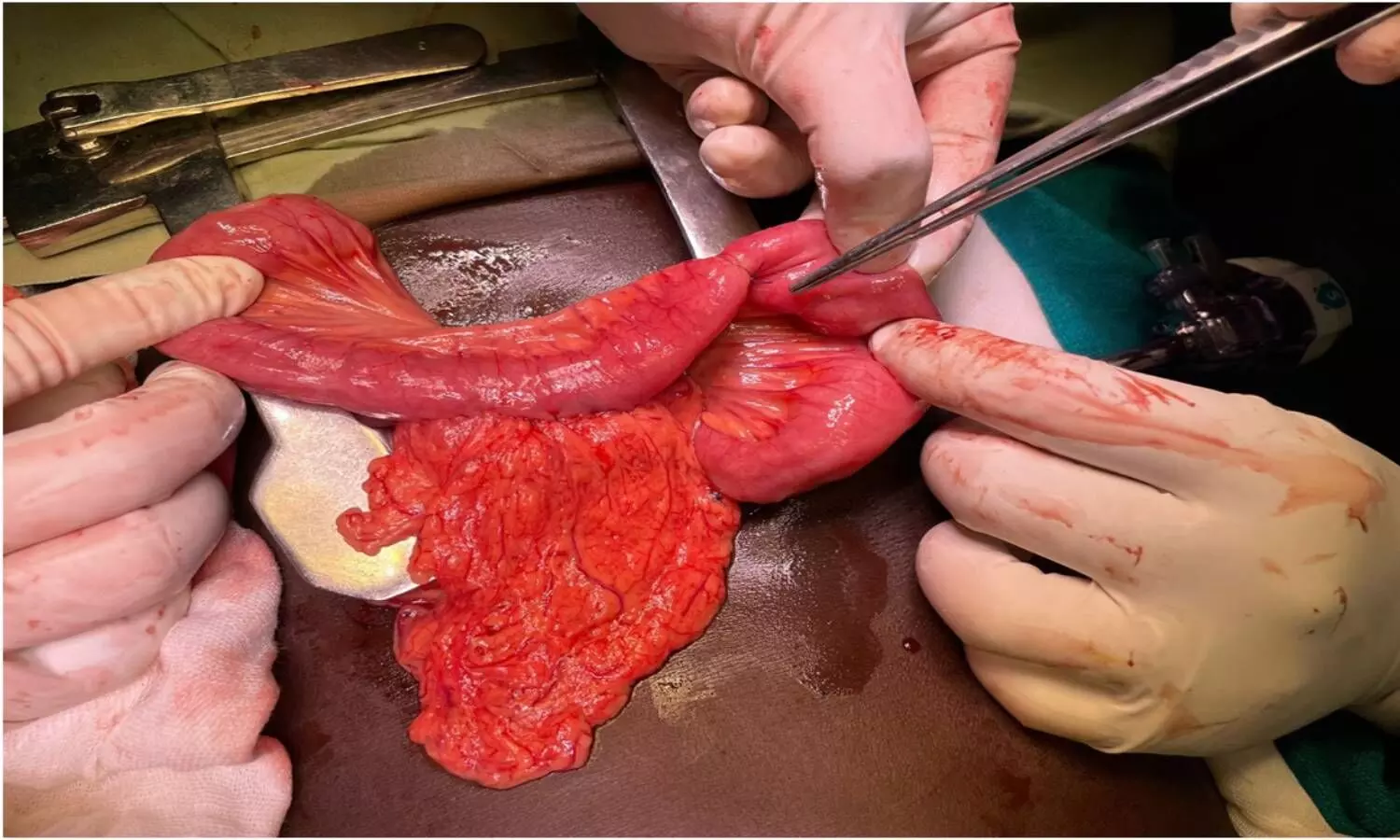4 children with rare genetic liver disorder treated in Hyderabad hospital
Progressive Familial Intrahepatic Cholestasis (PFIC) is a rare genetic condition. In PFIC, children are unable to drain bile from the liver even though the large bile ducts are open.
By Newsmeter Network
Hyderabad: Four children with a rare genetic liver disorder called 'Progressive Familial Intrahepatic Cholestasis' or PFIC were treated at Osmania hospital in Hyderabad.
Out of the four children, two – brothers Vijay and Sidharth aged 14 and 16 years from Khammam –came with itches, jaundice, and growth retardation. They had gone to many hospitals where they were advised to do liver transplants. But their parents couldn't afford it. On these two children, ileal exclusion surgery was performed.
Vivan, a one-year-old boy from Karimnagar, came with full-blown liver cirrhosis so the hospital did a living donor liver transplantation. His mother donated a portion of her liver.
Alam, an eight-year-old boy, came in a serious condition with vomiting blood. He had jaundice and was in shock. He also underwent liver transplantation.
What is PFIC?
Progressive Familial Intrahepatic Cholestasis (PFIC) is a rare genetic condition. In PFIC, children are unable to drain bile from the liver even though the large bile ducts are open (cholestasis). This leads to liver damage, liver cancer, and death.
It is an inherited disease where the bile acid transport gene is defective. This leads to liver damage, fat malabsorption, Vitamin A, D, E, and K deficiency, cirrhosis, and liver cancer.
If PFIC is detected late, liver transplantation surgery will have to be performed. If detected early before the cirrhosis stage, other procedures like PEBD (Partial External Biliary Drainage) and Ileal exclusion operations can be done so that liver transplantation can be avoided.
PFIC is caused by defects in several genes. These genes produce proteins needed to form bile and to transport or keep the flow of bile throughout the body. Bile is a liquid made in the liver that removes toxins from the body. It also helps break down fat in food and also helps in the absorption of vitamins A, D, E, and K.
A blockage of bile in the liver or bile ducts means that toxins in bile remain in the body. This damages liver cells and causes a harmful build-up of waste in the bloodstream. Decreased bile flow also prevents the body from being able to absorb fats and vitamins as it should.
What are the symptoms?
The major symptoms of PFIC are severe itching caused by the build-up of bile salt in the body, poor weight gain (due to a lack of bile needed to digest and absorb fat), poor growth, jaundice, enlargement of the liver and spleen that is not normal, fatigue, poor feeding, upset belly, and throwing up.
Long-term impacts of the disorder could be problems absorbing fats and fat-soluble vitamins (D, E, A, and K), cirrhosis within five to 10 years, liver failure, liver cancer, and gallstones in the gallbladder.
Diagnosis
Liver function tests are blood tests used to check the state of the liver or biliary system.
Gene test to determine if the patient is a carrier of one of the mutations that cause one of the forms of PFIC.
Ultrasound, CT scan, or MRI may be done to check the liver or biliary system.
A liver biopsy may be done to check the liver tissue.
A highly specialized test measuring bile salt levels may be done to pinpoint PFIC.
Treatment
Some patients may respond to medical therapy but surgery is most often needed for survival.
Partial External Biliary Diversion (PEBD) may be used as the first choice of treatment for patients who have not yet developed cirrhosis. This treatment helps reduce the circulation of bile acids in the liver. Surgery methods used in children with PFIC include liver transplant for cirrhosis and PEBD and Ileal exclusion surgery. A liver transplant may be done if PEBD is not effective or if the patient has liver cirrhosis.